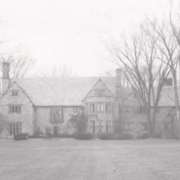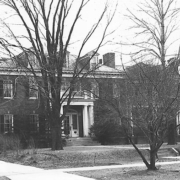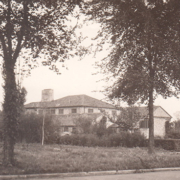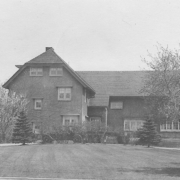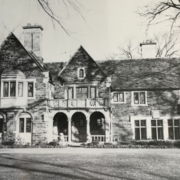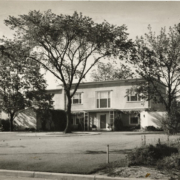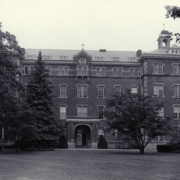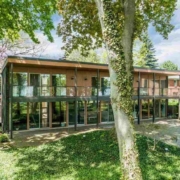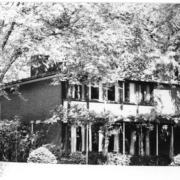Historical Architecture of Grosse Pointe –Albert Kahn Residential Projects in GP Shores
Last week we concluded our series on the municipal buildings in Grosse Pointe as we visited the structures in the Woods and the Shores – built during two very different eras. Esteemed architect Albert Kahn designed the structure in the Shores, it is the oldest municipal building in the Grosse Pointe communities. This week we remain in Grosse Pointe Shores to review the four residential projects Albert Kahn completed on Lake Shore, between 1910 and 1930, two of which have been razed.
633 Lake Shore
Albert Kahn’s earliest project in Grosse Pointe Shores was in 1910. Kahn in conjunction with associate Ernest Wilby, completed 633 Lake Shore for Howard E. Coffin, an automobile engineer and industrialist. Along with Roy Chapin, Mr. Coffin was one of the founders of the Hudson Car Company and designed many of the company’s early models. He was also known, in automotive circles, as the ‘Father of Standardization’, a result of his initiative to standardize material and design specifications, and for arranging automobile manufacturers to share their patents. It is reported Coffin was a millionaire by the age of 30. Source Wikipedia. The house he commissioned Kahn to design for him on Lake Shore was incredibly beautiful and was one of Kahn’s more traditional residential projects in the community. It was razed in 1931. Image courtesy of Detroityes.com
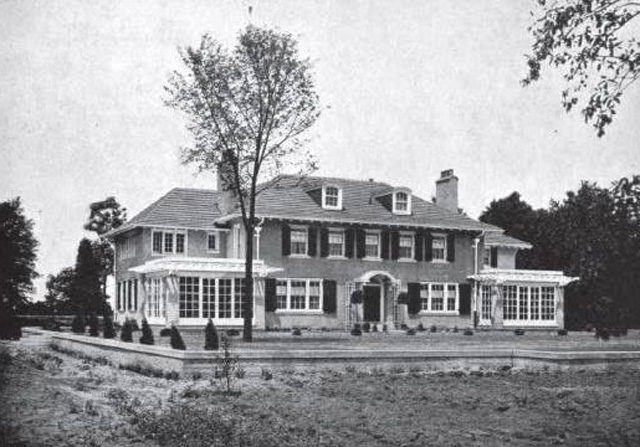
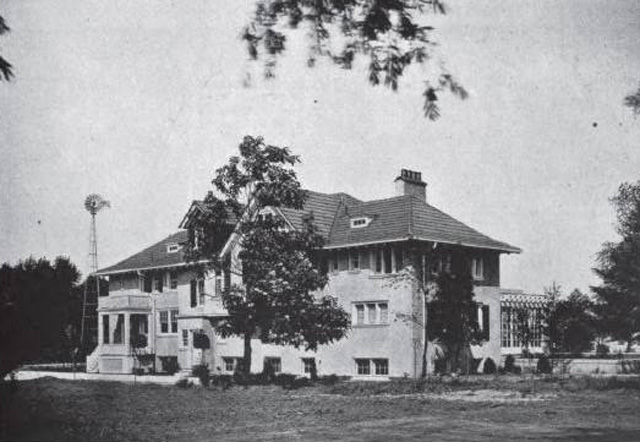
880 Lake Shore
Completed in 1916, 880 Lake Shore was an 8,403 sq ft Italian Renaissance inspired residence created for C. Goodloe Edgar, president of Edgar Sugar House, dealers in sugar and molasses. Williams Hawkins Ferry, in The Buildings of Detroit, compared the Italian Renaissance influences of the home to that of Charles Platt’s design for Alger House, (now the Grosse Pointe War Memorial) also completed in 1910. According to Ferry “Albert Kahn was a great admirer of the work of Charles Platt, and it is believed Kahn recommended Platt to the Alger family to create their Italian Inspired residence on the lake.” So, it would come as no surprise if Platt’s work proved to be a source of inspiration for Kahn’s own project at 880 Lake Shore. It is a striking home. As the photo below demonstrates the rear elevation is filled with an abundance of windows, archways, and terraces, providing a perfect view of the lake. Image courtesy of The Buildings of Detroit, Williams Hawkins Ferry.
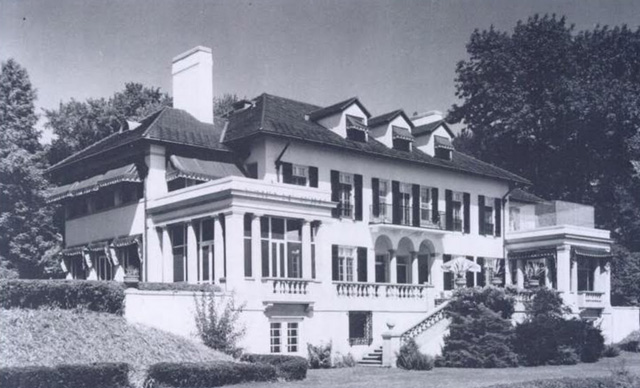
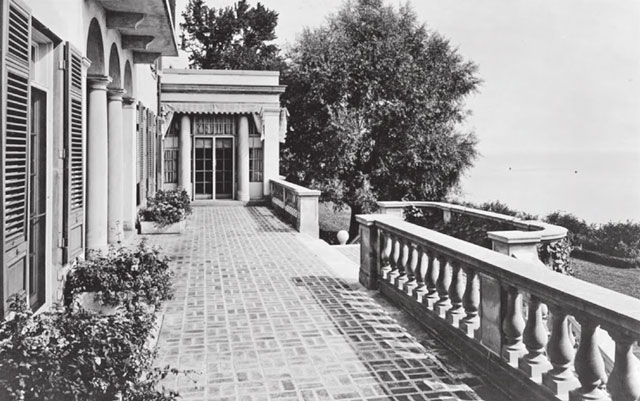
1100 Lake Shore – Ford House
In 1929, Kahn completed what is arguably his most stunning project in Grosse Pointe – the Ford Estate for Edsel and Elanor Ford, originally located on 125-acres. Edsel Ford was a huge fan of the traditional English Cotswold style and wanted Kahn to create a residence that would closely resemble the style of homes found in that area of England. It is reported, together they embarked on a trip to the Cotswold’s to further study this architectural approach.
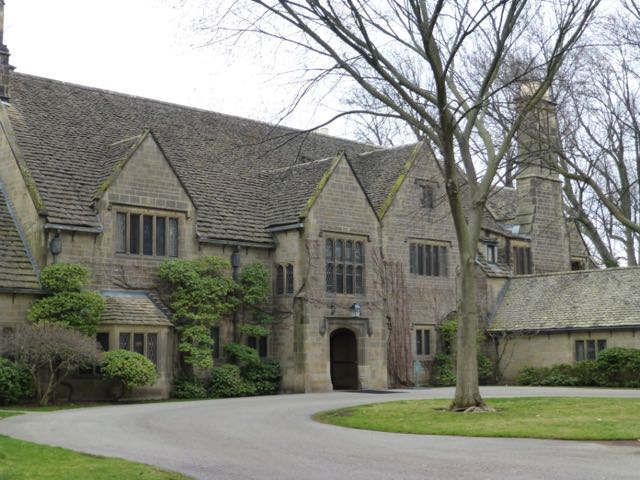
Construction of the 20,000 sq ft, sixty-room house began in 1926, and took three years to complete – one year for the house, and two years to custom fit the numerous antique interior elements that the Ford’s had sourced from all over the world. The exterior walls are sandstone, the roof is slate with the shingles decreasing in size as they reach the peak (a typical look to a Cotswold home). It is reported craftsman from England came to Grosse Pointe to ensure elements of the building (the roof in particular) were constructed in an authentic Cotswold manner. The Fords moved in December 1929. The property also included the head housekeeper’s cottage which is now a private residence (1017 Lake Shore).
735 Lake Shore Road
735 Lake Shore was designed by Kahn in 1929 – 1930, for Alvan Macauley. The home was considered one of the architectural masterpieces that was constructed on the shores of Lake St. Clair during the golden era of stately mansions. Sadly, it was razed in 1973.
The grand Tudor inspired home was originally located on 52 acres (20 acres were in Grosse Pointe Woods). It is reported the estate stretched from Lake Shore to Lochmoor Country Club, at the time it was one of the largest lots found in Grosse Pointe. Image is courtesy of: www.cca.qc.ca
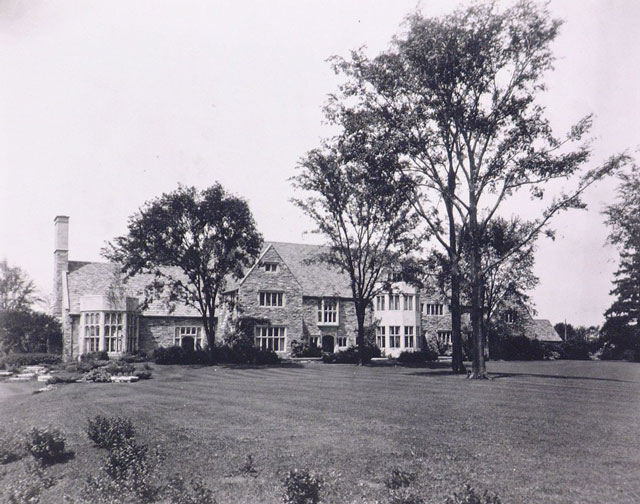
735 Lake Shore was similar in both construction and appearance to the Ford Estate, with Kahn incorporating the same Cotswold traits into the Macauley property. From research in Buildings of Detroit by W. Hawkins Ferry, we understand the Macauley’s were particularly fond of the Tudor and Cotswold styles. Prior to commencing with their new residence, it is alleged the Macauley’s had spent several weeks in Worcestershire, England, studying the local architecture, along with purchasing some fine English Antiques. The exterior of the home was constructed from stone, with a slate roof. It is believed the walls were 17” thick. Meticulous attention to detail was paid to the construction of the house, which, once again, was completed under the careful supervision of a foreman from the Cotswold region of England. First two images are courtesy of: Albert Kahn Associates.
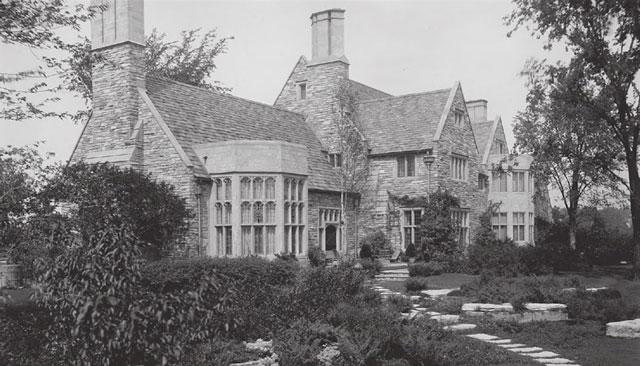

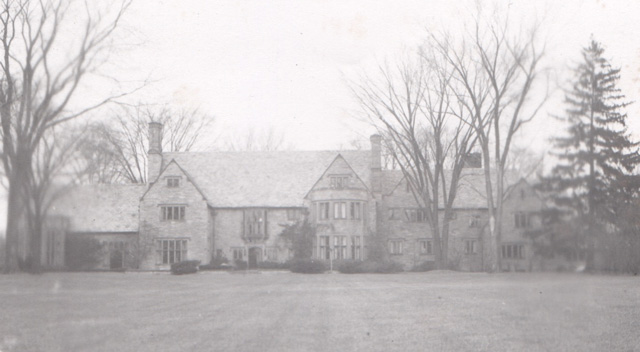
The interior was exquisite, and filled with an abundance of wood, including beautiful intricate carvings by the Hayden Company of New York. The paneling in the grand 45’ x 25’ sq ft living room, which occupied an entire wing, combined a medieval linenfold motif with later Renaissance ornament – source: The Buildings of Detroit, by W. Hawkins Ferry. The 22’ x 22’ sq ft square dining room was sublime, with a large bay window providing perfect views of the lake. Images courtesy of: Albert Kahn Collection, Bentley Historical Society.
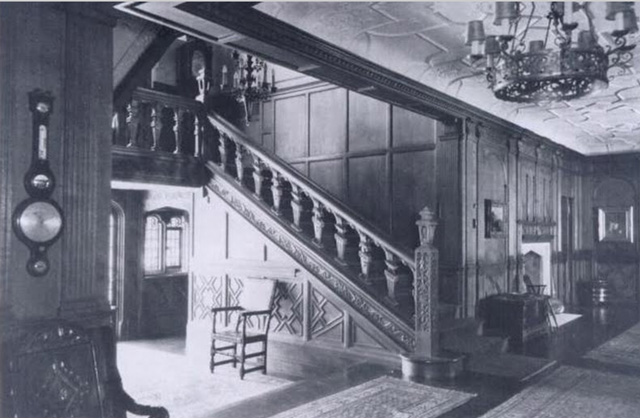

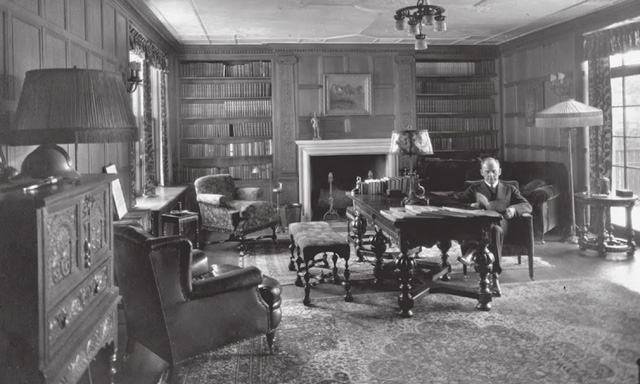
The second floor had five large bedrooms along with four smaller bedrooms (for staff), and a 25’ x 18’ sitting room with a bay window. A large terrace provided stunning views over the garden and of the lake. Additional servants’ quarters were located above the five-car garage, which featured two apartments, each containing a living room, kitchen, two bedrooms, and a bathroom.

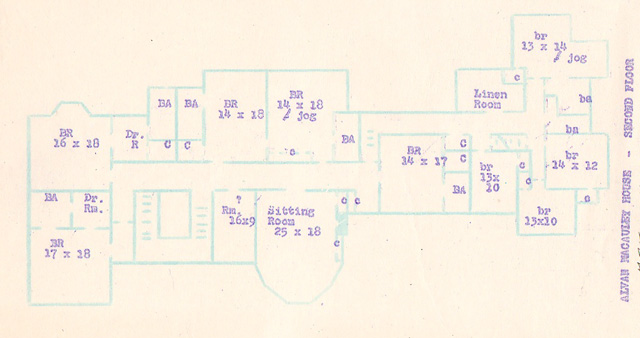
Alvan Macauley was a prominent figure in Detroit. Having grown up in Washington D.C. he graduated with a degree in both engineering and law (from Lehigh University in Pennsylvania, and George Washington University, respectively). While working for the Burroughs Adding Machine Company, Macauley was hired by Henry Bourne Joy in 1910, as general manager of Packard, becoming president of the company in 1916. Macauley oversaw Packard during its golden era when the company was the leader of the luxury car market. He also had to steer the company through the devastating results of the great depression, which he did, in part, by hiring a team of engineers to create a much more affordable car that sold for $980 (around $18,000 today). It is acknowledged the plan was a resounding success and helped ensure Packard was financially stable by the late 1930’s. Source Wikipedia. Packard’s were a regular site outside of his residence. Images courtesy of: https://digitalcollections.detroitpubliclibrary.org
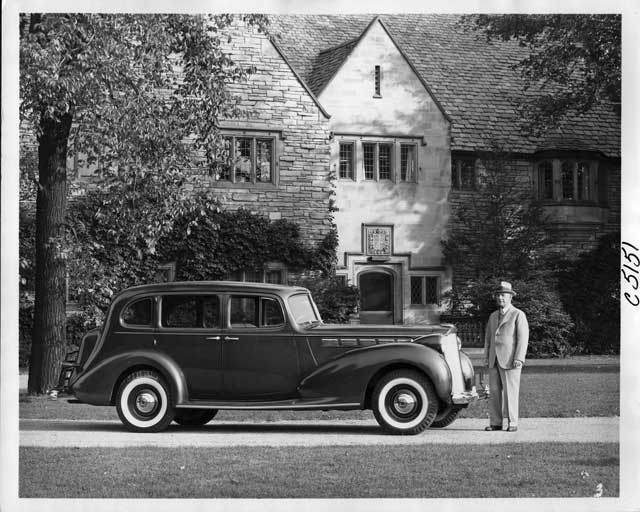
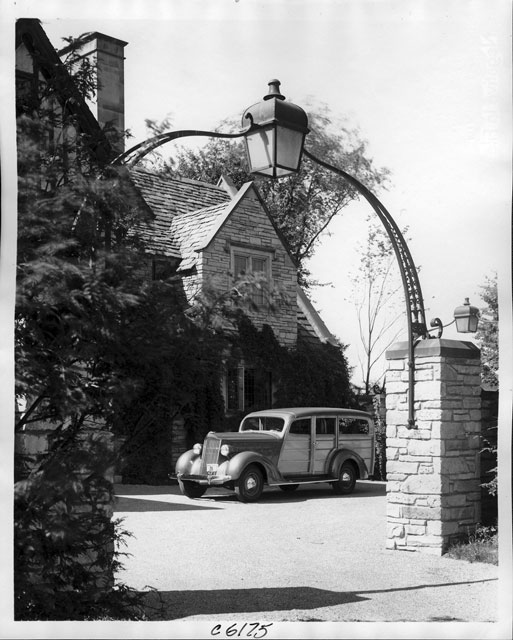
Grosse Pointe Shores may be the smallest of the five Grosse Pointe communities, but its natural beauty provided Kahn with a wonderful landscape to create some truly magnificent homes.
*Photos courtesy of the Higbie Maxon Agney archives unless stated.
** Research, information, and data sources are deemed reliable, but accuracy cannot be fully guaranteed.
Written by Katie Doelle
Copyright © 2023 Katie Doelle

